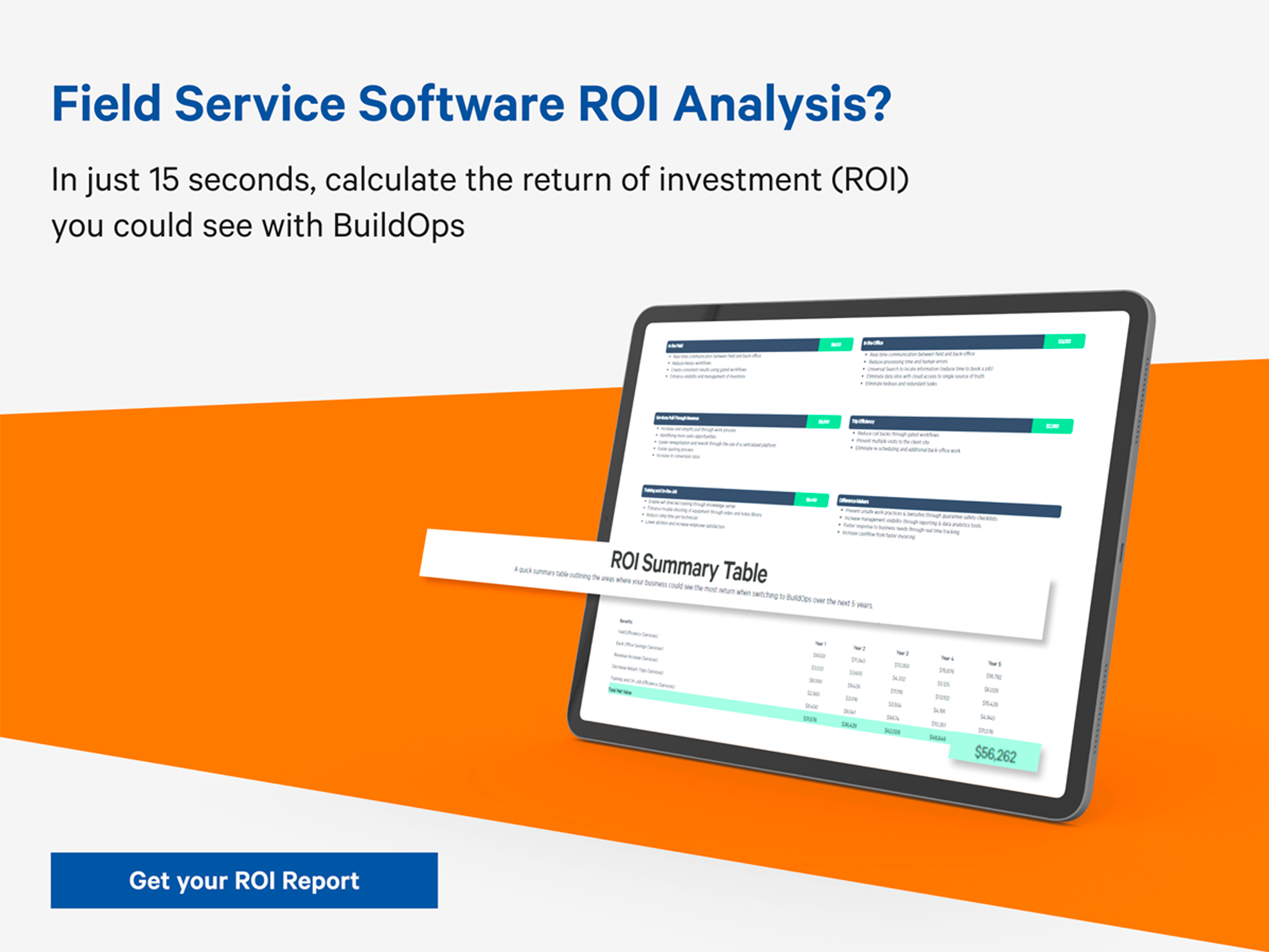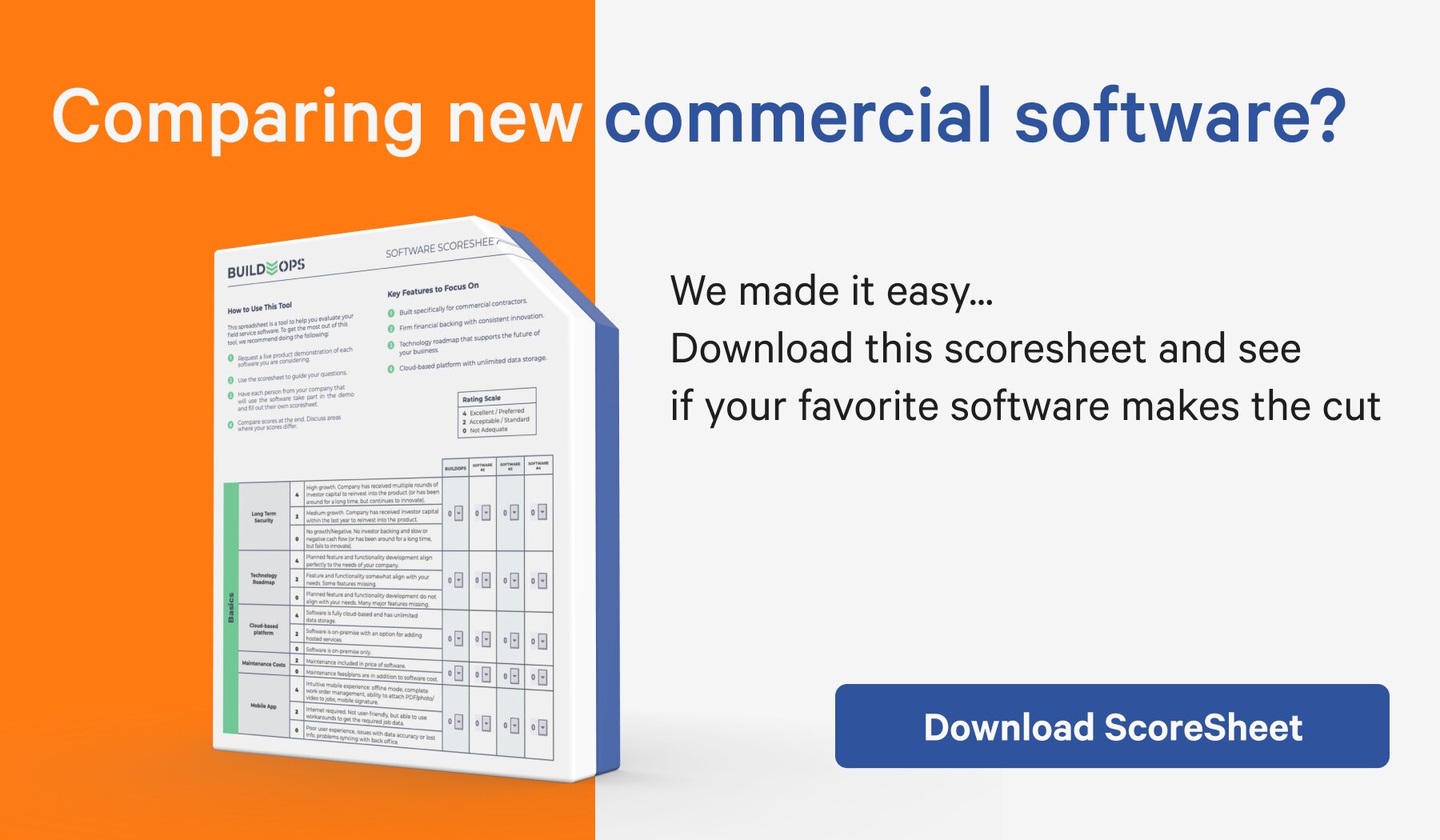As a consultant, one of the essential tools in my arsenal is a consultant estimating software. This software allows me to accurately project costs and timelines for my clients’ projects. It is a vital asset in my ability to provide high-quality services to my clients.
The first and most significant advantage of using estimating software is its precision. The software factors in all the necessary components, such as material costs, labor rates, and project scope, to provide an accurate estimate. This level of accuracy is nearly impossible to achieve manually, especially when dealing with large projects with numerous variables. With this software, I can confidently present my clients with a precise estimate, eliminating any chance of discrepancies or cost overruns.
Another significant benefit of using estimating software is its efficiency. Many of these programs are designed to streamline the estimation process, reducing the time and effort required to produce an estimate significantly. This leaves me with more time to focus on other critical aspects of my consulting services, such as project management and client communication.
The third advantage is the consistency that comes with using estimating software. With a template in place, I can produce similar estimates for different clients or projects. This ensures that my clients receive consistent and comparable proposals, making it easier for them to make informed decisions. It also helps me maintain a professional image and reputation as a reliable and consistent consultant.
Lastly, the software allows for easy customization. I can tailor the estimates to fit the specific needs and requirements of each client and their unique projects. This flexibility allows me to offer personalized services, enhancing the overall client experience.
In conclusion, using estimating software has been a game-changer in my consulting profession. Its precision, efficiency, consistency, and customization capabilities have not only improved my services but also enhanced my relationships with clients. It is an invaluable tool that every consultant should have in their toolkit.
How Consultants Improve Accuracy in Project Cost Estimations using the Software
As a consultant, one of the most critical skills is accurately estimating project costs for clients. The use of software has greatly improved the accuracy of these estimations. Consultants can now confidently provide precise cost projections, eliminating any discrepancies or surprises.
One way software improves accuracy is through its ability to factor in all essential components. These include material costs, labor rates, and project scope. By inputting this data into the software, it can generate a detailed and accurate estimate that accounts for all the necessary elements. Manual estimations, on the other hand, may overlook or miscalculate certain factors, leading to inaccurate projections.
Software also improves accuracy by reducing human error. In manually estimating project costs, there is always a chance of making mistakes, whether through miscalculations or omitting certain variables. With software, the calculations are automated, reducing the risk of human error. This results in a more accurate and reliable estimate for clients.
Moreover, software allows for easy adjustments and updates to the estimate. As a project progresses and new information becomes available, the software can quickly update the estimate to reflect the changes. This is especially useful in cases where the project scope may change, or unexpected costs arise. Consultants can provide clients with updated and accurate estimates, ensuring transparency and avoiding any surprises.
Additionally, software provides a historical record of past estimates and their outcomes. This data can be used to improve future estimations by identifying any patterns or trends that may affect project costs. It also allows consultants to make more informed decisions when estimating for similar projects, resulting in more accurate projections.
The Role of Estimating Software in Consulting Services
Estimating software has become an essential tool for consultants, playing a critical role in the delivery of their services. It has revolutionized the way consultants estimate project costs and timelines, improving their overall efficiency and accuracy.
First and foremost, the software enhances the credibility and professionalism of consulting services. By providing precise and detailed cost projections, consultants can instill trust and confidence in their clients. This, in turn, can lead to better client relationships and improved business opportunities.
Another role of estimating software is in project management. With a clear and accurate estimate in hand, consultants can better plan and allocate resources for a project. This helps to ensure that the project stays within budget and on schedule, minimizing the risk of cost overruns and delays.
Estimating software also aids in the communication between consultants and clients. It enables consultants to present their estimates in a clear and organized manner, making it easier for clients to understand project costs and make informed decisions. This level of transparency and professionalism can help build and maintain a positive relationship between consultants and their clients.
In addition, the software allows for easy collaboration and sharing of estimates with team members and clients. This promotes effective teamwork and ensures everyone is on the same page, reducing the chances of miscommunication or errors.
Lastly, estimating software contributes to the overall efficiency of consulting services. By streamlining the estimation process and freeing up time for other critical tasks, consultants can provide high-quality services in a timely manner. This can lead to increased client satisfaction and a competitive edge in the consulting industry.
The Benefits of Consistency in Using the Software for Consulting Projects
Using software for estimating project costs has many benefits for consultants. One of the notable advantages is the consistency it brings to the estimating process. Consistency is essential in the consulting industry as it helps build trust and maintain a professional image.
Firstly, consistency in estimating software allows consultants to produce comparable estimates for different clients or projects. This makes it easier for clients to compare proposals and make informed decisions. It also ensures that clients receive a consistent level of service and avoid any discrepancies between estimates.
Moreover, consistency allows consultants to maintain their reputation for being reliable and trustworthy. By using the same software and templates for estimating, consultants can produce consistent and accurate results. This consistency can help build a positive reputation and attract potential clients.
Consistency also helps streamline the estimation process. With templates and formats already in place, consultants can quickly input the necessary information and generate an estimate without the need to start from scratch each time. This saves time and effort, allowing consultants to focus on other critical aspects of their services.
Furthermore, consistency in estimating software contributes to the overall efficiency of consulting services. With consistent estimates, consultants can better plan and allocate resources, ultimately leading to better project management. It also allows for easier tracking and analyzing of project costs, helping to avoid any unexpected expenses.
How Estimating Software Can Cater to Specific Client Needs
One of the significant advantages of estimating software for consultants is its flexibility and ability to cater to specific client needs. The software allows for easy customization, making it possible to tailor estimates to fit the unique requirements of each client and their projects.
One way estimating software can cater to specific client needs is through the option to select different material costs and labor rates. Clients may have specific materials or laborers in mind for their project, and the software can factor in these specific costs to provide a more accurate estimate.
Moreover, estimating software allows for the inclusion of additional costs that may be unique to a client’s project. For example, a client may have specific transportation or storage requirements, and these can be easily added to the estimate. This level of customization ensures that the estimate reflects the exact needs and scope of the project.
Software also offers the option to input different project scopes and timelines to cater to specific client needs. This is particularly useful for clients with tight deadlines or specific project requirements. With these details factored in, the software can generate a more accurate estimate that considers the project’s specific needs and timeline.
Lastly, estimating software can cater to different client needs through its ability to generate different types of estimates. Consultants can choose to produce a detailed estimate with itemized costs or a high-level estimate, depending on the client’s preference. This flexibility allows the estimate to cater to the specific needs of each client, enhancing the overall client experience and satisfaction.
Boosting Your Consulting Business with the Help of Estimating Software
Estimating software can be a game-changer for consultants looking to boost their business. This tool offers numerous benefits that can help consultants attract and retain clients, streamline their services, and improve their overall efficiency and reputation.
One way estimating software can boost a consulting business is by allowing consultants to provide precise and accurate estimates for clients. This instills trust and confidence in clients, which can lead to repeat business and referrals. Accurate estimates also help keep projects within budget and on schedule, minimizing the risk of cost overruns and delays.
Moreover, the software enables consultants to produce consistent and comparable estimates for clients. This helps to establish a professional image and reputation for reliability and consistency. Clients are more likely to choose a consultant who provides consistent estimates, as it ensures transparency and avoids any discrepancies in project costs.
Estimating software also contributes to the overall efficiency of a consulting business. By streamlining the estimation process and freeing up time for other critical tasks, consultants can offer high-quality services in a timely manner. This can lead to increased client satisfaction and a competitive edge in the consulting industry.
Furthermore, estimating software allows for easy collaboration and sharing of estimates with team members and clients. This promotes effective teamwork, ensuring everyone is on the same page and reducing the chances of miscommunication or errors. Collaborative tools in the software also make it easier to work together on estimates remotely, allowing consultants to expand their business to clients outside their geographical location.
Key Takeaways
– Estimating software is a crucial tool for consultants, providing accuracy, efficiency, consistency, and customization capabilities in projecting project costs and timelines.
– This software improves accuracy by factoring in all essential components and reducing human error.
– It also aids in project management, communication, and teamwork, enhancing the overall efficiency of consulting services.
– Consistency in using estimating software can build trust, maintain a professional image, streamline the estimation process, and contribute to the overall efficiency of consulting services.
– Estimating software offers flexibility and customization options to cater to specific client needs, enhancing the overall client experience.
– With the help of estimating software, consultants can boost their business by providing accurate estimates, maintaining a professional image, improving efficiency, and expanding their reach through remote collaboration.







